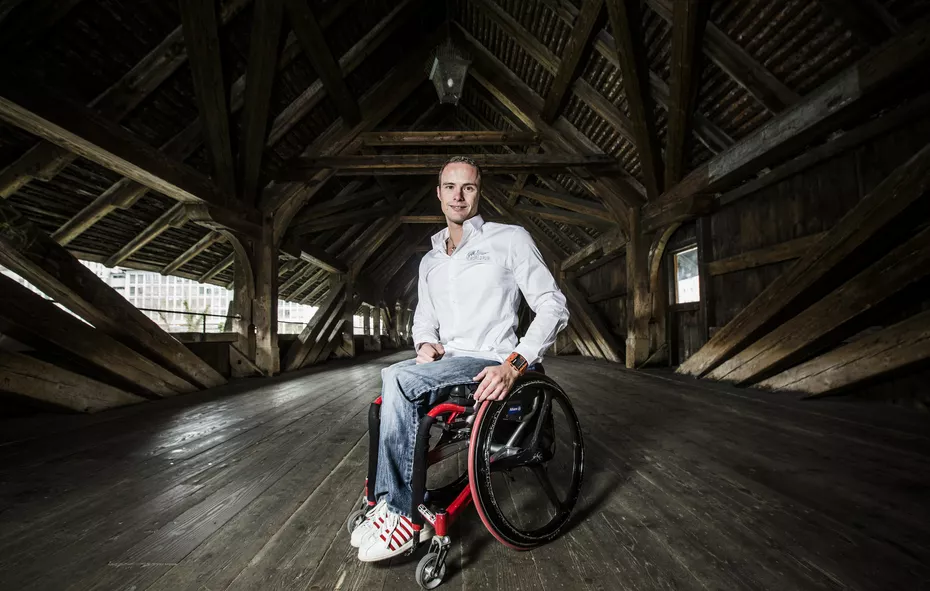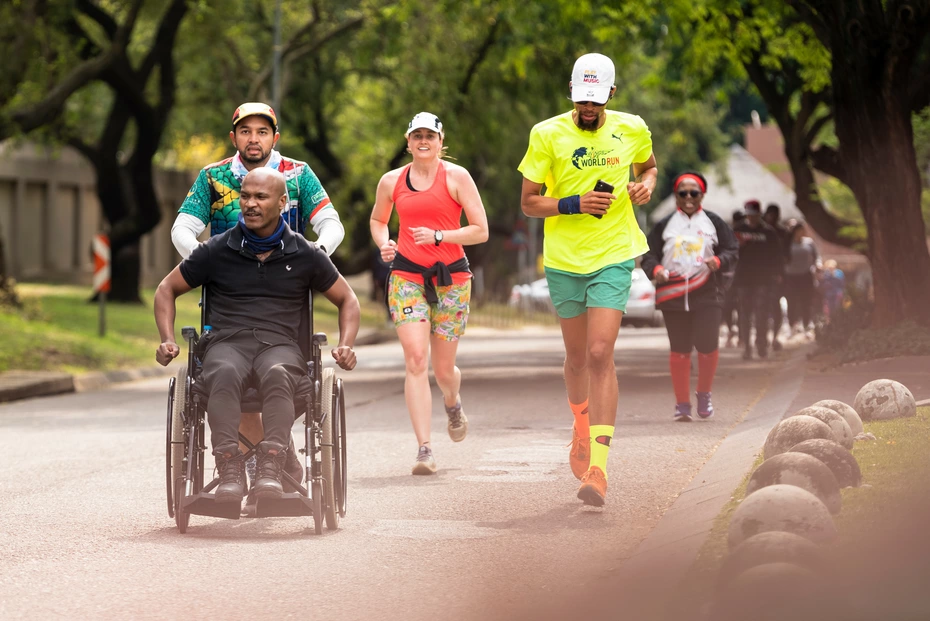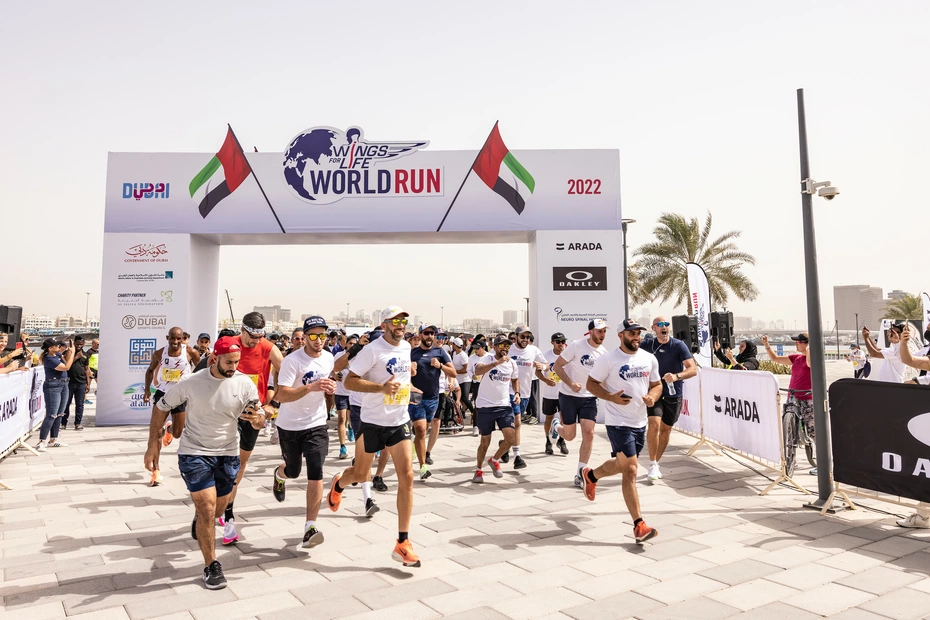Whether you use a wheelchair or running shoes, athletic success always requires the right training as well – and it’s not only about stamina.
by Michi Reichelt
Have you ever wondered who completes a marathon in a faster time? A person in a wheelchair or somebody who runs the route? There’s no doubt: it’s the wheelchair competitor. By a huge margin. The world record for a wheelchair marathon is 1:17:47, set by Marcel Hug from Switzerland in November 2021. In comparison: Eliud Kipchoge clocked 2:01:09 for his official marathon world record last year.

And so it’s a fact that people in a wheelchair can cover longer stretches far more quickly than runners, who are more effective on shorter distances. Owing to the better initial acceleration, runners are at an advantage over wheelchair users when it comes to sprinting. But after 800 metres, it’s an entirely different story…
Targeted training
The wheelchair plays an important role here, of course. Compared to runners, a large distance is covered every time the wheels turn. Athletes are even able to save strength as they roll along a straight piece of road, while runners are constantly using valuable energy. And in particular, wheelchairs with a modern, high-tech design are able to produce consistently high speeds.

Nonetheless, the physical condition of the athletes themselves is just as important. Without appropriate training, wheelchair competitors would literally be left behind. And we’re not (just) talking about endurance or cardio training.
Training for wheelchair users needs to focus on building core and upper body strength. In order to move a wheelchair effectively, it is vital to develop strong arm and torso muscles (abdominal muscles, lumbar muscles); the latter muscles provide stability and enable the propulsion required for competitions and in many other situations. Rotation training using cable exercises provides targeted core training, whereas isolation exercises with dumbbells such as lateral raises (shoulders), lying triceps extensions and biceps curls train the arms and upper body. Push-ups – where you place your hands on the left and right of your body and then push the body upwards – also strengthen the upper body muscles.
Consequently, we know that a targeted workout is the basis of any athletic success, whether in a wheelchair or in running shoes (Wheelchair weight training / Wheelchair resistance band exercise). But it doesn’t stop at strength training, of course. Regardless of the sport involved, muscle function is dependent on muscle flexibility. Wheelchair yoga encourages relaxation, for instance.
More than just running shoes
And what about the runners? Well, it will hardly come as a surprise to hear that they especially use their leg and lower body muscles: the movement of the foot, calf, and thigh muscles is just as critical as the hip flexors and glutes, but runners use other muscles as well. For example, hobby athletes frequently forget that the upper body is also relevant for running. Muscles are activated in the torso, back and even arms, and the shoulders are involved as well. In a nutshell: a runner needs to use their whole body, and the (previous) preconception that this sport – aside from sprinting – is only for thin people with little strength, can be banished forever.

Which role plays nutrition?
Many runners focus their preparations on actual running in order to strengthen the muscles as described above. It is especially short, fast runs and sprints that train the leg and upper body muscles. But others integrate isolation exercises (e.g. with resistance bands) into their training schedule in order to target and build up specific muscles, together with basic exercises such as knee bends, shoulder press or pull-ups. Strength training also encourages neuronal activity; the brain learns to activate the muscles in the best possible way.
Nutrition plays a major role in building muscles as well; high protein content is just as important as carbohydrates and vegetables. In any case, the following is true for all athletes, whether they use a wheelchair or running shoes: each person’s training needs to be catered to their own body. What’s more, you should always consult a professional and take care to watch how your body responds to the training. And especially people with a spinal cord injury should adapt their training to their possibilities – these vary significantly depending on the level of injury – and work with a specially trained expert to develop a personal training program. Ultimately, everybody is going in the same direction: pursuing the enjoyment of sport.
So why wait any longer? Register for the Wings for Life World Run now! Thanks to the current “Bring a friend” promotion, you’ll even be given a 2nd starting place free of charge if you register for the App Run before February 14th. This is made possible by our partner Philips sports headphones; they are paying the entry fee and are even adding a voucher for 50% off two pairs of new sports headphones. We’re looking forward to seeing you!
